-
- Find Care
-
- Visitor Information
- Find a Location
- Shuttles
- Visitor Policies
-
-
- Our Virtual Care Options
- Virtual Urgent Care
- Virtual Visits for Primary & Specialty Care
- Online Second Opinions
- Participate in Research
-
- Contact us
-
- For Innovators
- Commercialization Guide for Innovators
-
-
- Research News
- Alzheimer's Disease
- Artificial Intelligence
-
- Overview
-
- Overview
- Getting Started
- New to Mass General Brigham
- International Patient Services
- What Is Patient Gateway?
- Planning Your Visit
- Find a Doctor (opens link in new tab)
- Appointments
- Patient Resources
- Health & Wellness
- Flu, COVID-19, & RSV
- Billing & Insurance
- Financial Assistance
- Medicare and MassHealth ACOs
- Participate in Research
- Educational Resources
- Visitor Information
- Find a Location
- Shuttles
- Visitor Policies
- Find Care
-
- Overview
- Our Virtual Care Options
- Virtual Urgent Care
- Virtual Visits for Primary & Specialty Care
- Online Second Opinions
-
- Overview
- Participate in Research
-
- Overview
- About Innovation
- About
- Team
- News
- For Industry
- Venture Capital and Investments
- World Medical Innovation Forum (opens link in new tab)
- Featured Licensing Opportunities
- For Innovators
- Commercialization Guide for Innovators
- Contact us
-
- Overview
- Information for Researchers
- Compliance Office
- Research Cores
- Clinical Trials
- Advisory Services
- Featured Research
- Two Centuries of Breakthroughs
- Advances in Motion (opens link in new tab)
- Brigham on a Mission (opens link in new tab)
- Gene and Cell Therapy Institute
- Research News
- Alzheimer's Disease
- Artificial Intelligence
-
- Overview
-
- Overview
- Residency & fellowship programs
- Brigham and Women's Hospital
- Massachusetts General Hospital
- Mass Eye and Ear
- Newton-Wellesley Hospital
- Salem Hospital
- Integrated Mass General Brigham Programs
- Centers of Expertise
- Global & Community Health
- Health Policy & Management
- Healthcare Quality & Patient Safey
- Medical Education
- For trainees
- Prospective trainees
- Incoming trainees
- Current trainees
- Continuing Professional Development
Innovator Uncovering Ways to Alleviate Tinnitus Based on Learnings from Phantom Limb Pain
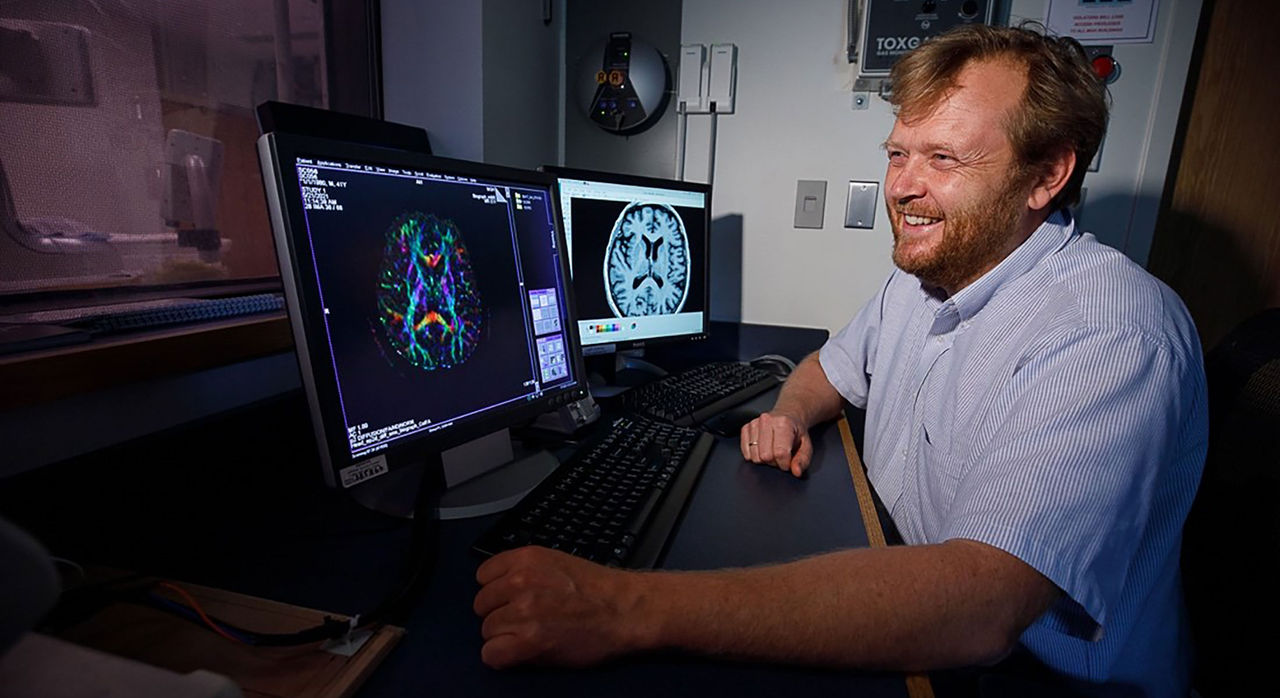
Spaulding researcher launches second trial for Auditory Mirror Therapy (AMT)
Phantom limb pain may not intuitively seem to be associated with hearing. Yet one Mass General Brigham innovator has found a connection that could help solve a vexing hearing issue for millions of patients. Tinnitus plagues some 10–20 percent of the general population. Moreover, the condition is a precursor to depression, anxiety, and sleep problems, among other concerns, exacerbating how tinnitus can manifest.
A recipient of this year’s Mass General Brigham Innovation Discovery Grants has devoted years trying to alleviate the agony of tinnitus, a medical symptom better known as ringing in the ears.
No FDA-approved drugs or devices currently exist for its treatment, and common remedies are limited to behavioral therapy, relaxation exercises, sound masking, and hearing aids.
Clas Linnman, PhD, who received the $100,000 grant earlier this year, is keenly focused on an innovation to halt the ringing, buzzing, humming, or roaring sounds only the afflicted can hear, as he refines his innovative technology, Auditory Mirror Therapy (AMT). The non-invasive neuro-modulatory therapy is based on disruption of multi-sensory integration. Like mirror box therapy for phantom pain, in this therapy, sound at the left ear is transmitted to the right ear canal, and sound at the right ear is transmitted to the left ear canal.
Implemented in a wearable pair of headphones, the pilot trial of AMT, started in 2017, established that brief use of the headphones significantly and substantially reduced tinnitus. The IRB-approved trial with 20 participants was so encouraging that it led to Linnman’s published article in the Journal of the American Academy of Audiology earlier this year.
A second trial, which includes a placebo-controlled group, is ongoing with 50 participants who have moderate to severe tinnitus and is expected to conclude in March. Helping to improve the trial’s design were Mass Eye and Ear colleagues, Dan Polley, PhD, and Jenna Sugai, AuD. Their input was critical, bettering the trial with more longitudinal assessment, including a setup of tablet-based audiometry.
Data from the trial will be analyzed to assess whether a third trial might be indicated. Clinicians may also test the technology in the field thereafter once it is decided where the technology should be administered, at home or in the clinic setting. The technology can also be adapted for use in hearing aids or as a software application for microphone-equipped wireless earbuds.
A patent for AMT is pending, but, already, industry has shown interest in the technology.
Linnman is a specialist in chronic pain and spinal cord injuries at Spaulding Rehabilitation Hospital where he is an assistant professor of physical medicine and rehabilitation. Tinnitus, he says, became “a side project” for him after becoming interested in phantom limb pain. Phantom limb pain feels like it’s coming from a body part that’s no longer there. This post-amputation phenomenon was first considered a psychological issue, but experts now recognize that these genuine experiences originate in the brain’s perceptual mechanisms, similar to the way it is believed that tinnitus presents.
“My main goal is to help patients by commercializing this technology and having it available where it is needed,” says Linnman. “Above all, we want to make sure AMT will help patients because right now there are hundreds of unproven treatments for tinnitus. There are lots of players in this space; some may be helpful, and others are not. We want to make sure that our technology actually works.”
He gives credit to Mass General Brigham Innovation team member Sherene Shenouda, PhD, MBA, associate director, business development and licensing, who was influential in securing the patent. “I had fantastic help from Sherene guiding me thought the process and refining the application with the patent attorneys at Mass General Brigham,” said Linnman.
Shenouda has praise for Linnman and the technology. “Dr. Linnman is truly a pleasure to work with. He is passionate about his work, receptive and responsive to feedback provided by the Mass General Brigham Innovation team,” she said. “He has shown a level of targeted focus in his efforts to drive his invention toward a successful outcome and has demonstrated his desire to improve the quality of life for those impacted by tinnitus.”
Lesley Watts, director of sponsored programs, Mass General Brigham Innovation, guided the IDG grant funding related to the project. “Clas was great to work with,” says Watts. “The IDG funds he received will help support translational work and activities geared towards de-risking the technology for commercialization.”
Related news
-
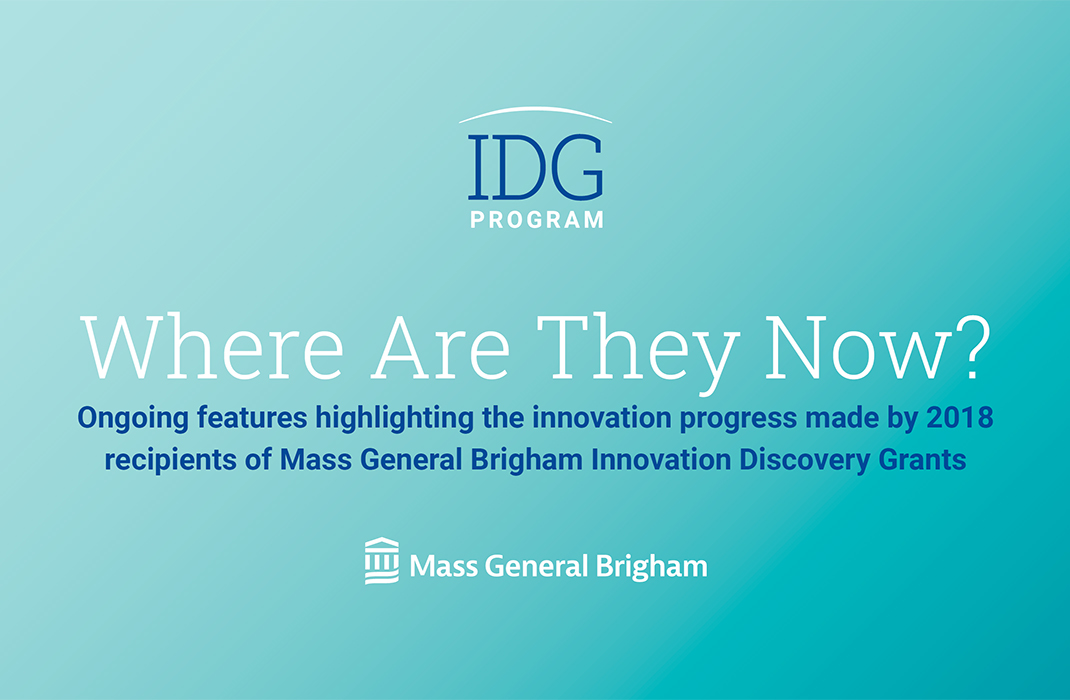
published on
-
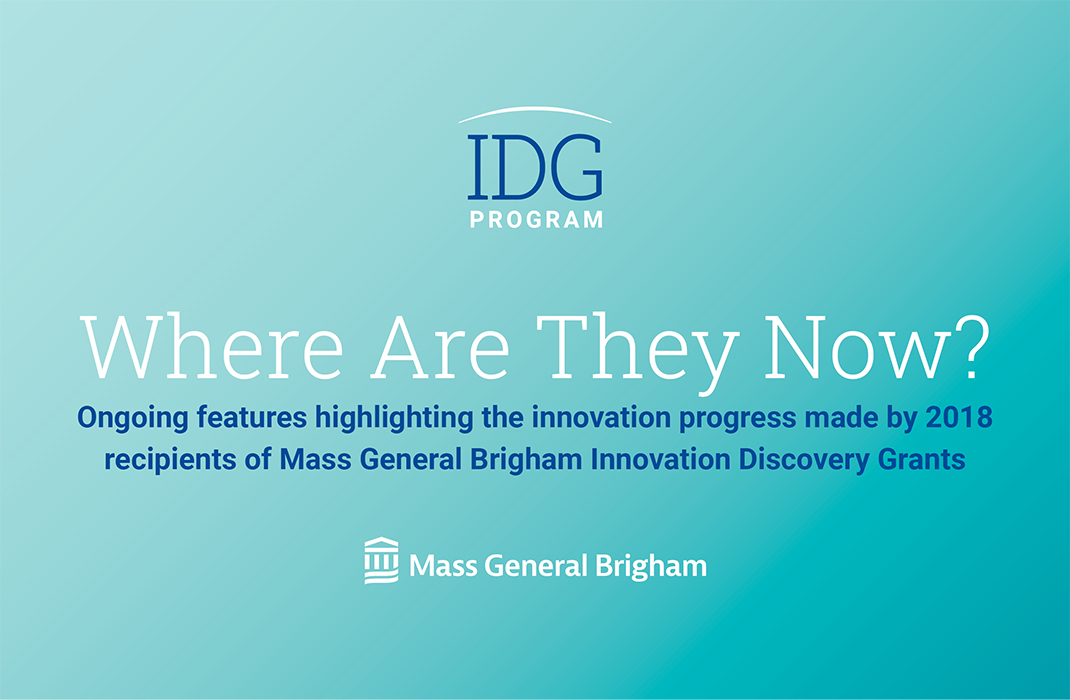
published on
-
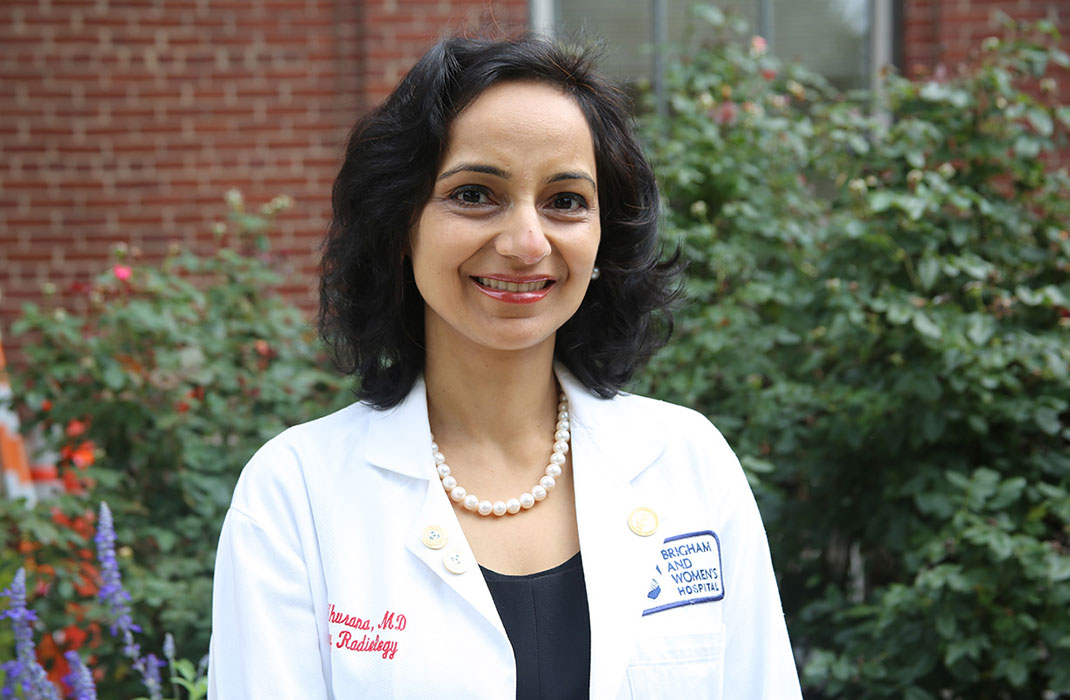
published on
-
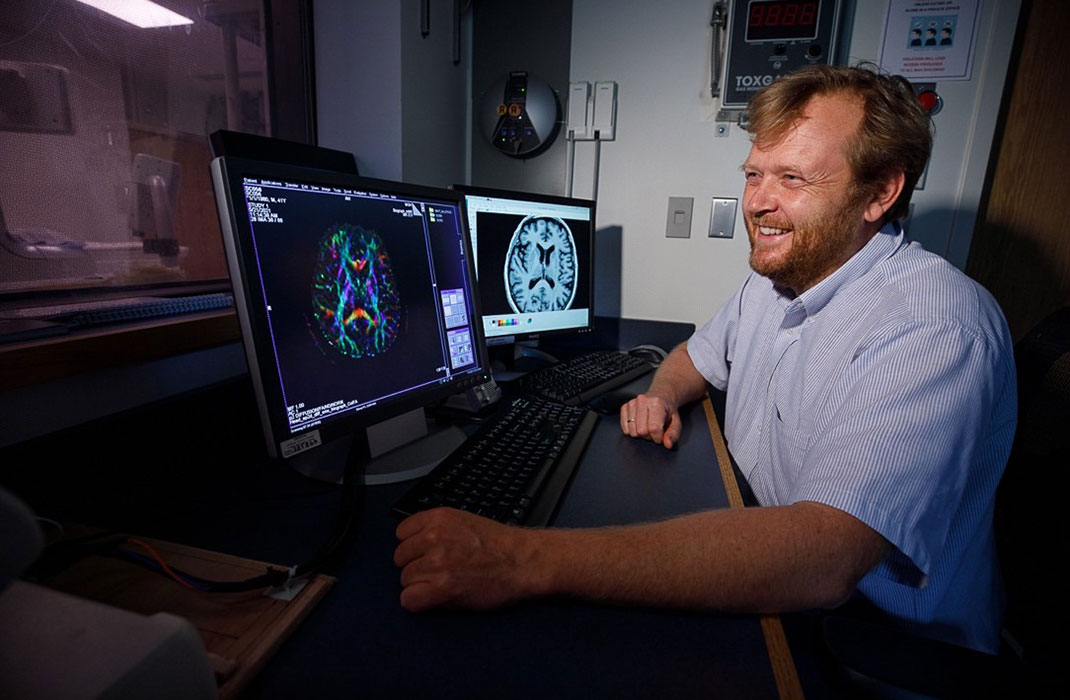
published on
-
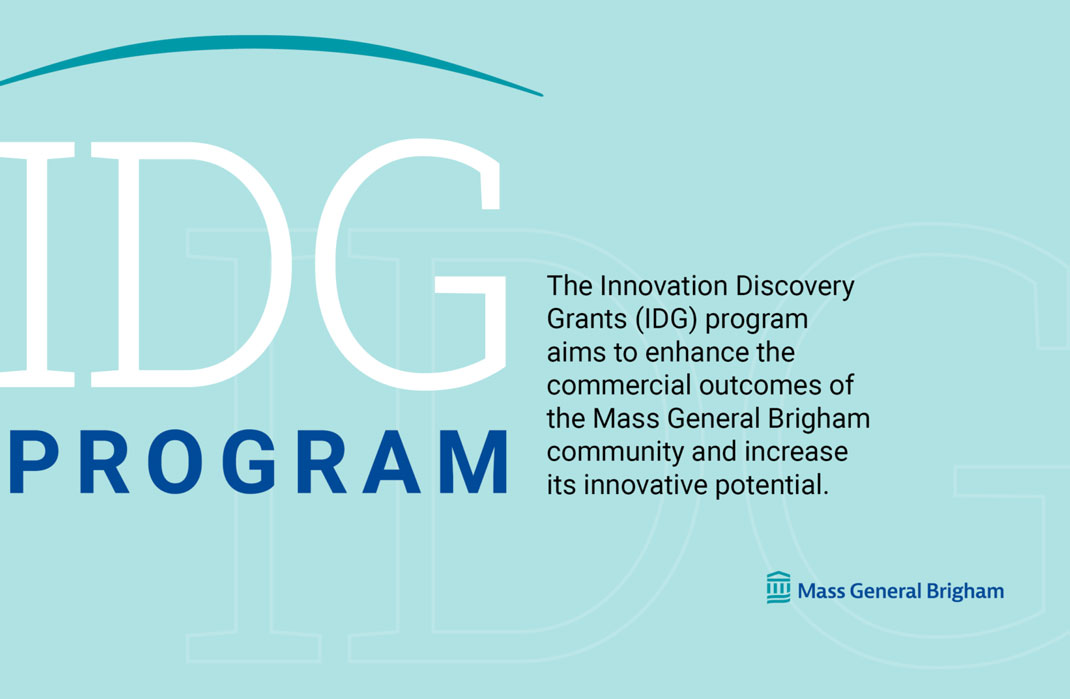
published on
-
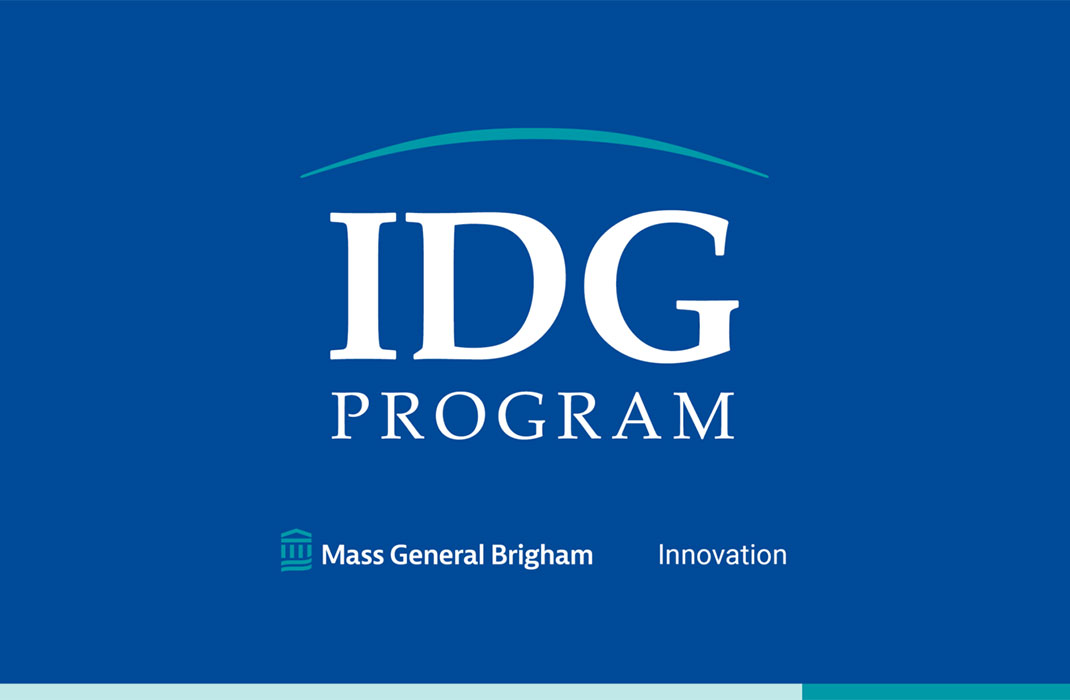
published on
-
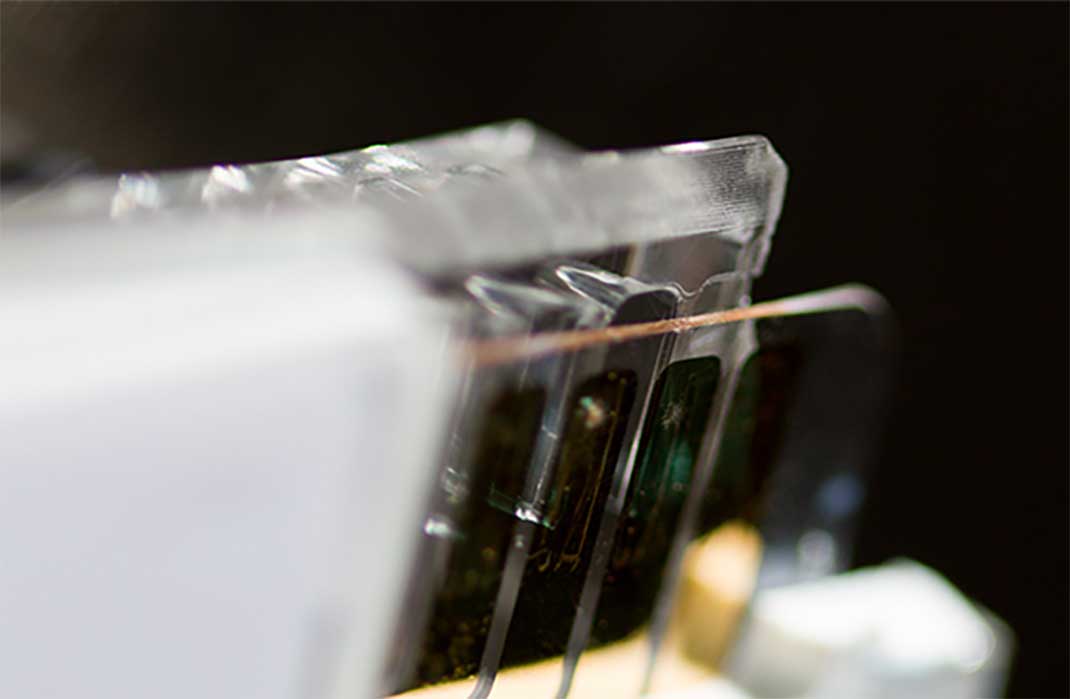
published on